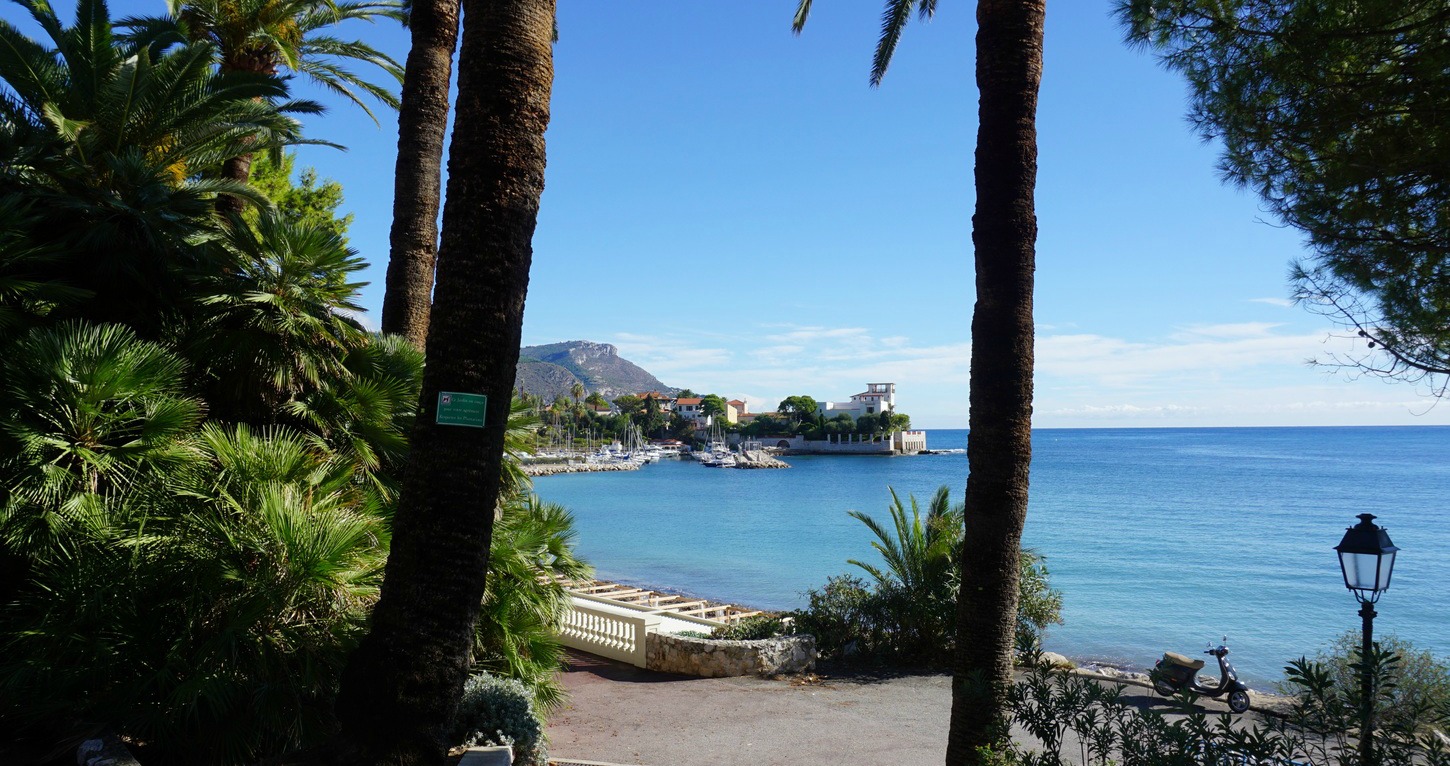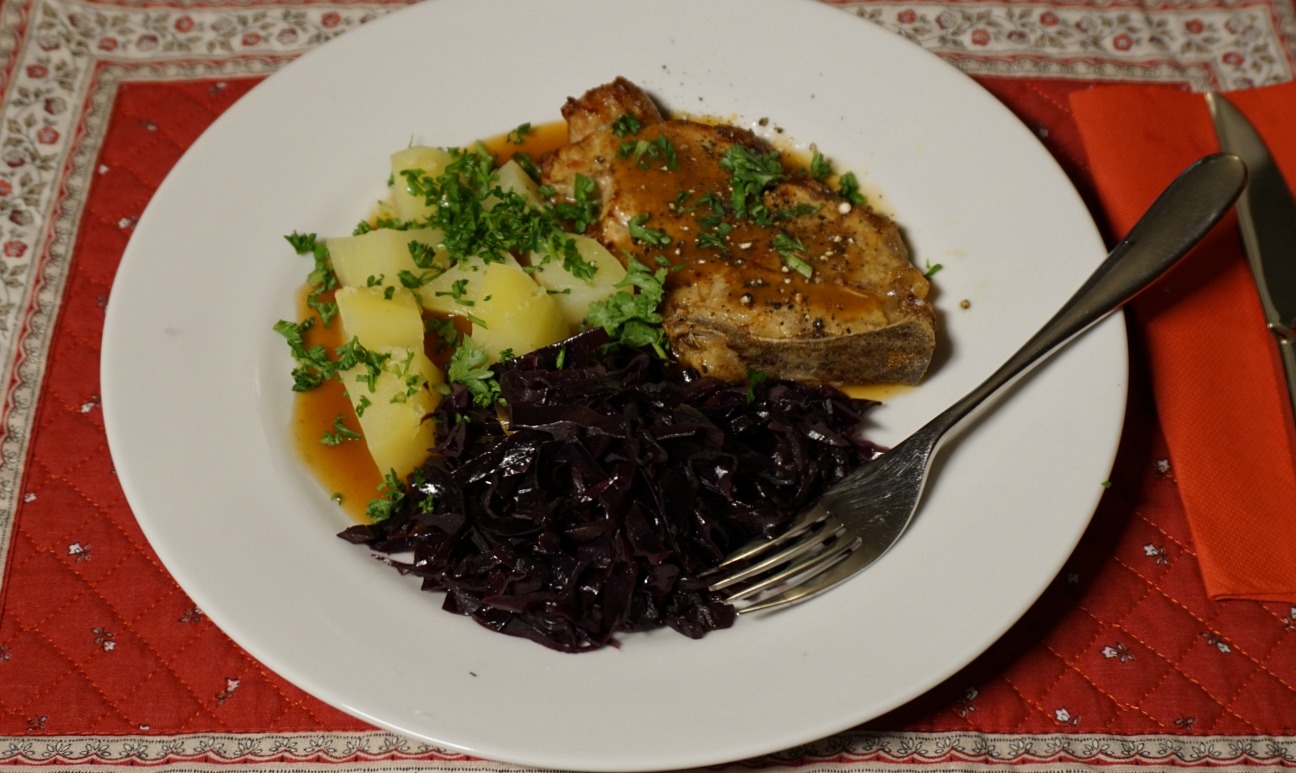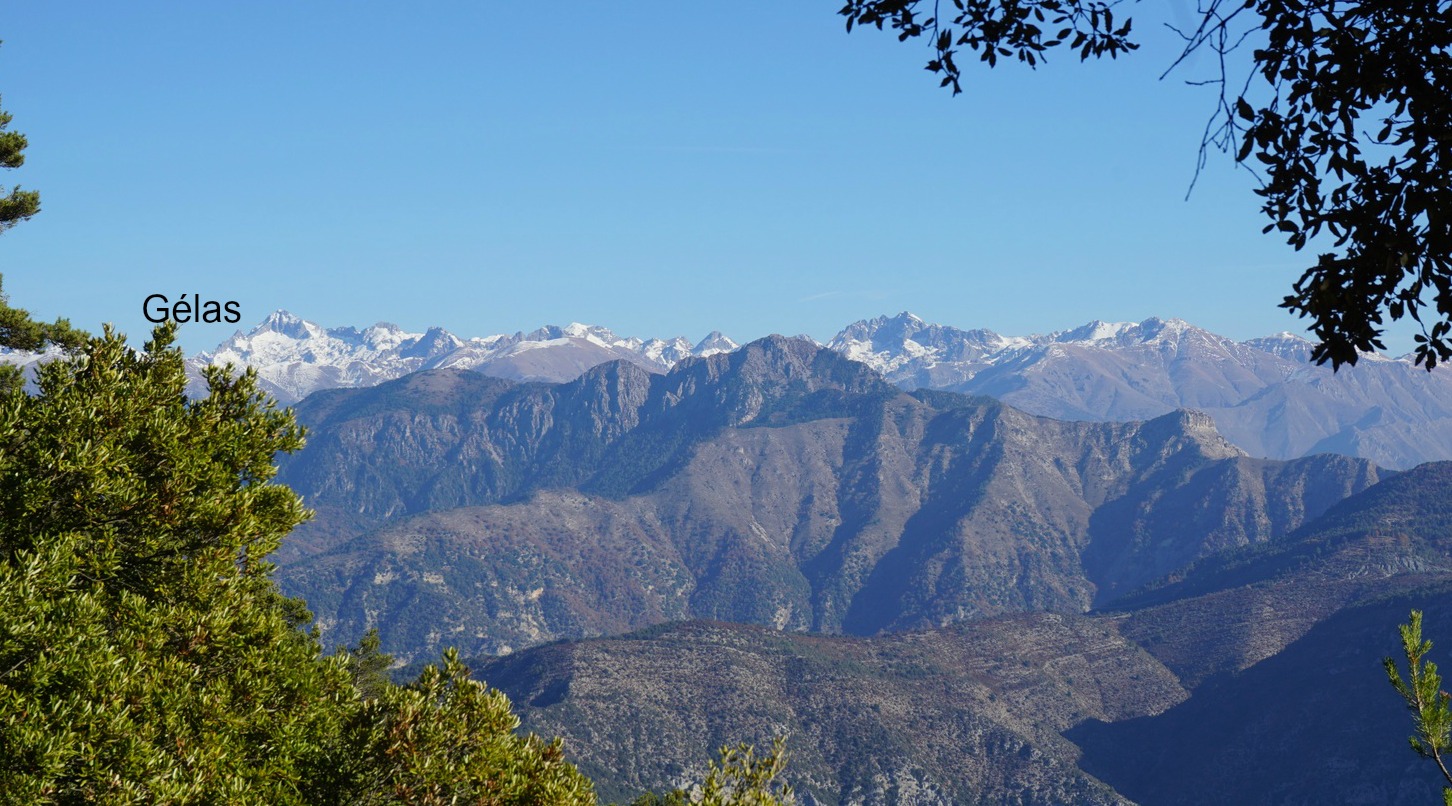Villa Kerylos in Beaulieu-sur-Mer

Beaulieu-sur-Mer overlooking the beautiful Baie des Fourmis can easily be reached from Villefranche by foot. We parked in Villefranche by the sea next to the harbour and walked along the waterfront passing the Plage des Marinières, then crossing the Cap Ferrat peninsula. It is part of the coastal trail.
Villa Kerylos is situated on Impasse Gustaf Eiffel just east of the Beaulieu casino. It was built by the archaeologist Théodore Reinach (1860-1928) between 1902 and 1908 as a near reproduction of an ancient Greek villa, designed by architect Emmanuel Pontremoli. During the planning, both Reinach and Pontermoli made several trips to Greece. The only exceptions that were made were glass windows, a concealed piano, and good early 20th Century conveniences, such as electricity and running water. Reinach lived here for twenty years in a classic Athenian style. In 1928, the building was bequeathed by the owned to the Institut de France although Reinach’s children and grandchildren continued living in the villa till 1967 when it was classified monument historique. During WWII, the villa was seized by the Nazis.
Today the villa is open to the public. Events, such as concerts and wedding are held there.
Villa Kerylos is a visual experience. It is quite small, and most visitors spend about an hour exploring it. We had a super guided tour (in French), and could therefore visit the terrace on the roof top. The panorama from the roof is exceptional. All rooms have Greek names. All the marbles were from Toscana, and floors were beautiful mosaic.
There are several good restaurants about 0,5 km from Villa Kerylos. It was a beautiful October day, and we had lunch at the marina, sitting on the terrace enjoying the warm sunshine.





































0 comments:
Note: only a member of this blog may post a comment.